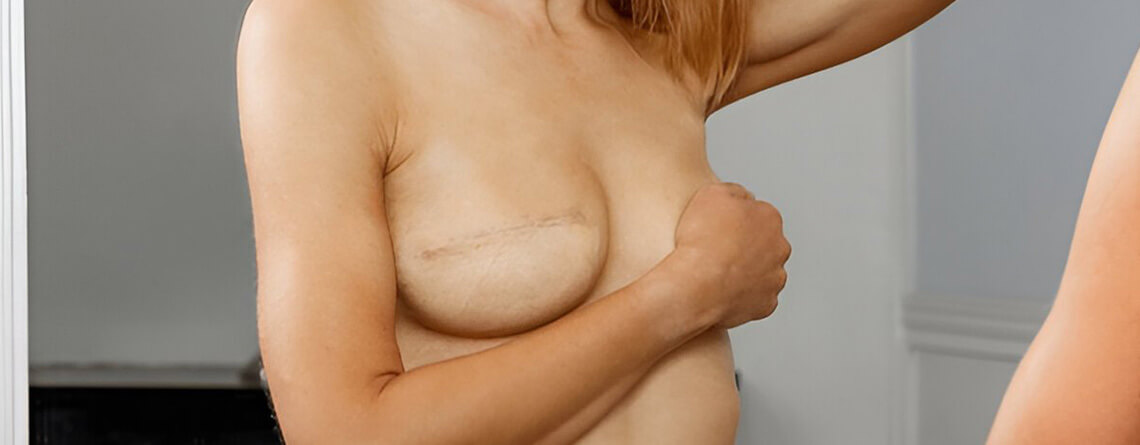Essential Expert Tips for Preparing for Breast Reconstruction Surgery

Breast reconstruction is a significant journey that can profoundly impact both physical and emotional well-being. If you are considering breast reconstruction surgery in Delhi, being prepared can enhance your experience and facilitate a smoother recovery process. Understanding the procedure, exploring different techniques, and making necessary lifestyle adjustments are crucial steps in this transformative journey. Here’s a comprehensive guide to help you navigate this important decision.
What is Breast Reconstruction Surgery?
Breast reconstruction surgery is a specialized medical procedure aimed at restoring the shape, symmetry, and aesthetics of a breast after a mastectomy or significant trauma. The primary objective is to help women regain their confidence and achieve a sense of wholeness. This surgery can be performed immediately after breast removal or at a later time, depending on various factors, including the patient’s health and personal preferences.
There are several techniques available for breast reconstruction surgery, and the choice of procedure may depend on individual medical history, body type, and aesthetic goals. Familiarizing yourself with these options can empower you to make informed decisions.
Common Breast Reconstruction Surgery Techniques
- Implant-Based Reconstruction
This popular technique utilizes silicone or saline implants to recreate the breast shape. It is often preferred for its shorter recovery time compared to tissue-based reconstruction. Typically, a tissue expander is placed initially to stretch the skin before the final implant is inserted, resulting in a natural-looking appearance that can be customized. - Autologous Reconstruction (Flap Surgery)
Autologous reconstruction, or flap surgery, uses the patient’s own tissue from areas such as the abdomen, thighs, or back. This method offers a more natural feel and appearance. Common types of flap surgery include:- DIEP Flap – Utilizes fat and skin from the lower abdomen without muscle removal.
- TRAM Flap – Involves muscle, fat, and skin from the abdomen.
- TUG Flap – Uses tissue from the inner thigh.
- Latissimus Dorsi Flap – Employs muscle and tissue from the back.
This technique is ideal for those seeking a permanent solution with natural results.
- Hybrid Reconstruction
Combining implants with natural tissue, hybrid reconstruction offers the volume of implants along with the natural look and feel of tissue-based methods. This technique enhances softness and symmetry. - Nipple Reconstruction and Tattooing
For those who have lost their nipples during a mastectomy, nipple reconstruction can be included in the surgery. This involves creating a skin flap to mimic the nipple, followed by medical tattooing to add pigmentation for a natural appearance. Some women opt for 3D nipple tattoos for a realistic effect without actual reconstruction.
Choosing the Right Technique
The selection of a breast reconstruction technique depends on several factors, including:
- Personal preferences and aesthetic goals.
- Medical history and current health conditions.
- Prior radiation therapy as part of cancer treatment.
- Availability of donor tissue for autologous reconstruction.
A consultation with a qualified plastic surgeon can help you determine the best approach tailored to your needs and expectations.
Preparing for Breast Reconstruction Surgery
Choosing the Right Plastic Surgeon
Selecting an experienced plastic surgeon is one of the most critical steps in preparing for breast reconstruction surgery. Your surgeon should be board-certified and skilled in various breast reconstruction techniques. A thorough consultation will provide insights into what to expect and how to achieve the best results.
Educating Yourself About the Procedure
Understanding the procedure, recovery timeline, and possible outcomes is vital for mental preparation. Your surgeon will explain the most suitable techniques, along with associated risks and benefits. Feel free to ask questions and request before-and-after images to familiarize yourself with different approaches.
Optimizing Your Health Before Surgery
A healthy body can significantly improve recovery time and reduce complications. If you smoke, quitting at least a month before surgery is crucial. A balanced diet rich in proteins, vitamins, and antioxidants will promote faster healing. Staying hydrated is equally important.
Engaging in light physical activities like walking or yoga can enhance circulation and overall fitness. However, avoid strenuous activities as the surgery date approaches.
Medication and Supplements Management
Your surgeon will provide a list of medications and supplements to avoid prior to surgery. Blood thinners and certain herbal supplements may increase bleeding risks, so consult your doctor about any necessary adjustments.
Preparing Your Home for Post-Surgery Recovery
Post-surgery recovery can take several weeks, so creating a comfortable home environment is beneficial. Ensure essential items are within easy reach, and stock your kitchen with healthy, easy-to-digest meals. Consider having someone available to assist with daily tasks during your initial recovery period.
Mental and Emotional Preparation
Breast reconstruction surgery is not just a physical change; it can also evoke a range of emotions. Engaging with support groups, attending therapy sessions, or talking to women who have undergone similar surgeries can provide comfort. Embracing a positive mindset will help you navigate the healing process confidently.
The Night Before Surgery
As surgery approaches, follow your surgeon’s pre-operative instructions carefully. Typically, you will need to refrain from eating and drinking for at least 8 hours before surgery. A shower with antibacterial soap is recommended to minimize infection risks, and wearing loose, comfortable clothing on the day of surgery will facilitate a smoother experience.
What to Expect After Breast Reconstruction Surgery
Immediate Post-Surgery Care
- Drains may be placed to remove excess fluid; follow your surgeon’s care instructions.
- Pain and swelling are normal—your doctor will prescribe medications for discomfort.
- Adhere to post-operative care instructions for a smooth recovery.
Long-Term Recovery
- Avoid strenuous activities for at least 4-6 weeks.
- Wear a support bra to aid healing and minimize swelling.
- Attend all follow-up visits to monitor progress and address any complications.
Remember, healing takes time—be patient and compassionate with yourself.
Final Thoughts
Preparing for breast reconstruction surgery involves a blend of physical, emotional, and logistical planning. By choosing the right plastic surgeon, understanding the various techniques, and making the necessary lifestyle adjustments, you can enhance your chances of achieving desirable outcomes.
If you are ready to take the next step in your journey, consider consulting with a skilled plastic surgeon who specializes in breast reconstruction surgery. Their expertise will guide you toward a natural and confident outcome.






